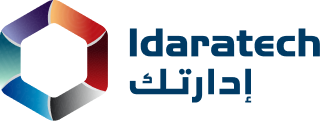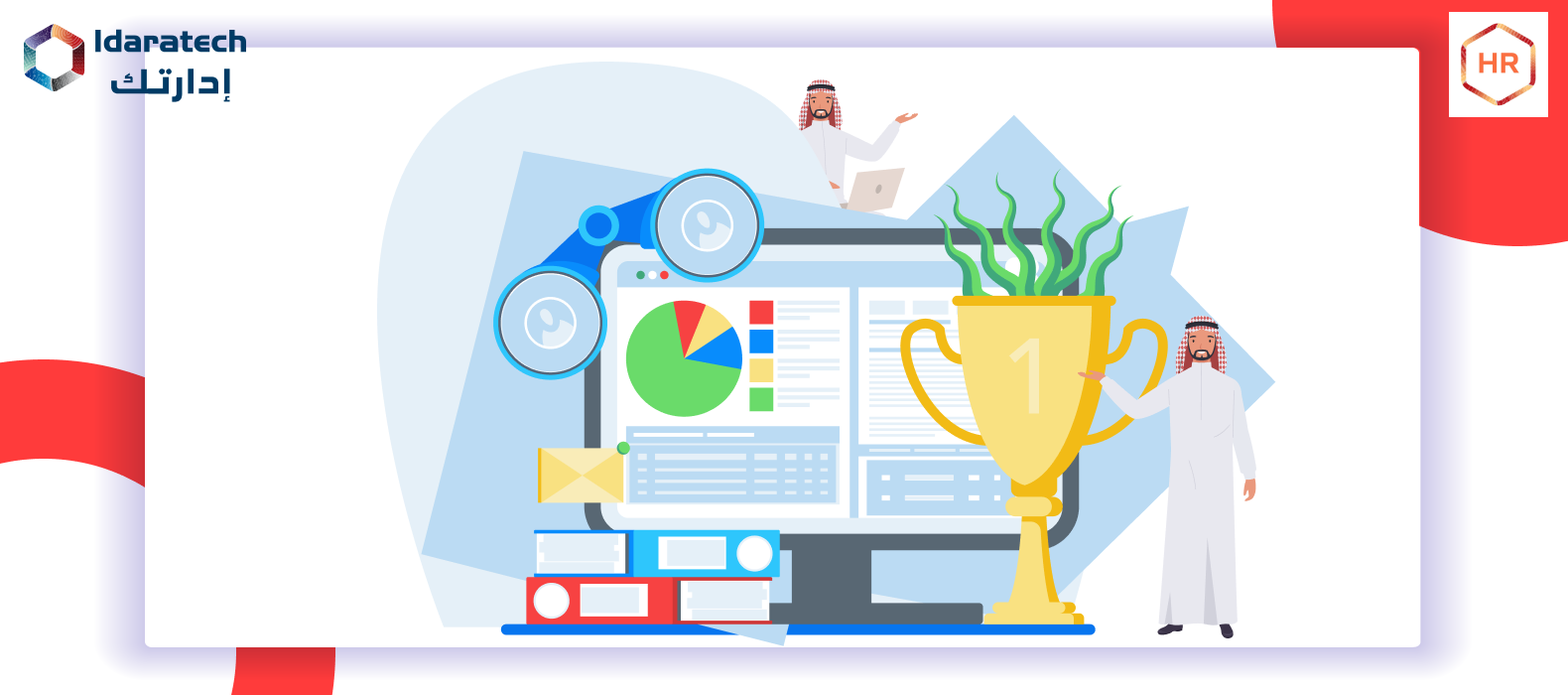Are you facing a problem managing your team? It’s becoming challenging to get a single view of employee data that will continue to be dispersed across numerous files or incompatible platforms. Too much manual work is required to maintain integrations. As a result, HR procedures become significantly less effective.
HRM Software has completely changed companies and their employees. Easy data extraction and report generation for employees are two of the main advantages of HRM software. This enables HR specialists to learn about the workforce’s facets, such as employee performance, attendance, and salary. HR managers can access employee data using HRM software without manually going through mountains of paperwork or spreadsheets. Instead, they can use the software’s strong reporting capabilities to swiftly produce accurate, tailored reports that match their unique needs. HR professionals can use HRM software to make data-driven decisions that can seriously impact the organization’s performance by streamlining the data collecting and reporting process, saving companies time and money.
What is Human Resource Management Software (HRMS)?

The human resource management system (HRMS) is used to streamline and automate numerous HR tasks like employee data, hiring, performance management, payroll, benefits administration, and training and development. HRMS offers a consolidated platform for handling all HR tasks, allowing HR managers to manage and interact with their employees efficiently.
Many of the daily operations that HR professionals perform can be automated by HRMS, which normally comes with a variety of features and functionalities. Producing employment contracts, offer letters, and other essential paperwork can automate the onboarding procedure for new employees. Also, it can automate the procedure for monitoring employee absences, leaves, and time off requests.
HRMS can help companies optimize their HR processes, lower administrative hassles, and enhance compliance with labor laws and regulations. HRMS can help HR professionals make data-driven decisions that can increase employee engagement, retention, & productivity by offering real-time insights into HR data.
In general, HRMS is a potent tool that may guide organizations in more effectively managing their workforces and ensuring that their HR procedures align with their corporate goals.
How Does an HRMS Perform?
An organization can manage human resource-related tasks like hiring, managing employee data, paying employees, and evaluating employee performance using HRMS software. This system can help businesses enhance HR operations, increase productivity, and reduce administrative burden, freeing HR experts to concentrate on more strategic objectives. The following are some of the essential characteristics of an HRMS:
1. Employee Information Management:
Using an HRMS, employers can store, manage, and update employee data in a centralized database. Employee profiles, job descriptions, educational backgrounds, financial information, and work histories are possible inclusions in this data.
2. Recruitment & Onboarding :
By allowing businesses to publish job openings, track candidates, and manage the recruiting process, HRMS systems assist businesses in streamlining their recruitment processes. Once an employee has been hired, the HRMS may automate the onboarding procedure, ensuring that new hires are swiftly assimilated into the organization’s workflow.
3. Time and Attendance Management:
HRMS systems can automate time and attendance tracking, eliminating the requirement for paper timesheets and reducing the possibility of mistakes. The payroll system is fed by employee submit timesheets, which managers can accept or reject.
4. Monitoring and Managing Employee Performance:
This is made possible by HRMS systems for businesses. As part of this, you might define goals and objectives, evaluate employees’ performance, and offer coaching and feedback.
5. Payroll Processing:
HRMS systems can automate the payroll process, including determining employee salaries, taxes, and other deductions. The system can produce pay stubs and offer thorough payroll reports.
6. Improves Strategic Planning:
HRMS systems can assist in administering employee benefits, including health insurance, retirement schemes, and paid time off. Employees enroll in benefits programmes, and the HRMS keeps track of enrollments, contributions, and eligibility.
7. Tracking Employee Data:
HRMS systems can provide capabilities for tracking employee data, managing labor relations, and producing compliance reports, assisting businesses in remaining compliant with labor laws and regulations.
Why Does a Company Need an HRMS?

An HRMS is important for contemporary companies that want to streamline their HR procedures, improve employee satisfaction, and make data-driven choices. There are numerous reasons why a business needs HRMS software:
1. Effective Data Management:
HRMS offers a central database for handling employee data. Doing so removes the necessity for paper-based records, and HR personnel can now and rapidly access employee data.
2. Simplified HR Operations:
An HRMS may automate numerous HR operations, including hiring, onboarding, performance management, & payroll, which reduces administrative costs and boosts productivity.
3. Compliance with Labor Laws and Regulations:
By monitoring and managing employee information, including attendance, leave, and compensation, HRMS may help companies comply with labor laws and regulations.
4. Increased Employee Engagement:
HRMS can increase employee engagement by giving staff members simple access to personal data, performance indicators, and other relevant data. As a result, employees are given more career control, which boosts their general job satisfaction.
5. Making Data-Driven Decisions:
HRMS provides HR professionals with real-time access to employee data, allowing them to make data-driven decisions that can raise employee engagement, retention, & productivity.
6. Cost Savings:
HRMS can help companies save time and money by streamlining HR procedures, automating administrative activities, and lowering errors. Also, it can help enterprises in helping to avoid fines associated with breaking labor rules.
Features of a Human Resource Management Software

To help organizations effectively manage their HR procedures, human resource management software (HRMS) often includes various features and functionalities. HRMS is a strong tool that can assist firms in streamlining their HR procedures, raising employee morale, and facilitating data-driven decision-making. The following are some typical HRMS features:
1. Employee Data Management:
HRMS offers a central database for managing employee data, including personal data, job specifics, pay, benefits, and performance indicators.
2. Helps in Hiring:
HRMS can help accelerate hiring by posting job positions, accepting resumes, and monitoring candidate progress.
3. Control Offboarding Procedure:
HRMS can create offer letters, employment contracts, and other relevant paperwork to automate onboarding. It can also control the offboarding procedure by handling staff dismissals, exit interviews, & related duties.
4. Management of Employee Performance:
Setting goals, monitoring progress, and offering feedback are all ways that HRMS can help organizations manage employee performance.
5. Attendance and Time Off Management:
Employee attendance, leave requests, and time off requests can all be tracked automatically by HRMS.
6. Payroll and Benefits Administration:
HRMS can automate tax withholding, payroll processing, and benefits administration, resulting in the correct and prompt delivery of employee wages and benefits.
7. Training and Development:
HRMS may manage employee training and development activities, monitoring progress and certification completion.
8. Reports and Analytics:
The HRMS may produce tailored reports on different HR metrics, including information on employee statistics like attendance, performance, turnover, and other important metrics.
Depending on the company’s requirements, an HRMS’s specific features & functionalities may change.
Conclusion
HRM software effectively gives HR professionals quick access to employee data extraction and report creation. The software automates data gathering and reporting, eliminating the need for human paperwork and spreadsheets. An organization’s workforce can be analyzed through several factors, including employee performance, attendance, and compensation, using HRM software because of its powerful reporting capabilities. HR professionals can use the software to make data-driven decisions that significantly affect the firm’s performance by streamlining data gathering and reporting, saving businesses time and money. Overall, HRM software has transformed how businesses manage their personnel, making it simpler than ever to harvest data from employees and provide reports of employees.
FAQ’s
Question 1:What exactly is HRM software?
HRM software is a technological tool that aids companies in managing their HR-related tasks, such as managing employee data, handling payroll and benefits administration, hiring and vetting new employees and evaluating their performance.
Question 2: How can data extraction become simpler with HRM software?
A central database for employee information can be maintained, updated, and stored by businesses using HRM software. Data extraction on certain workers, groups, or the workforce is simpler. Software for HRM also offers capabilities for data filtering and sorting according to various criteria.
Question 3: Is HRM software safe to use?
Indeed, HRM software often contains strong security measures to protect the integrity and confidentiality of employee data, including password protection, access restriction, and encryption.
Question 4: What does HRMS software perform?
The main function of HRMS software is to offer a consolidated platform for handling tasks linked to human resources, such as payroll, benefits administration, performance evaluation, employee data management, and recruitment. HRMS software boosts efficiency by streamlining HR procedures and lowering administrative burdens.
Question 5: What are the advantages of HRM software for employees?
The HRM software offers employees access to a self-service site to check and update their personal information, request time off, examine pay stubs, and enroll in benefit plans. As a result, administrative duties take less time and effort, and there is greater openness and better communication between staff members and HR specialists.

